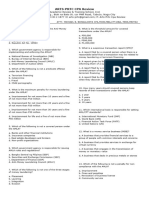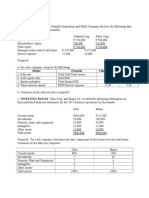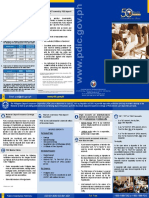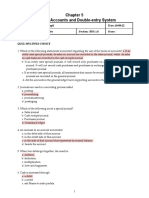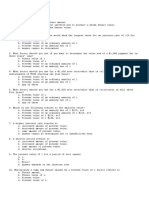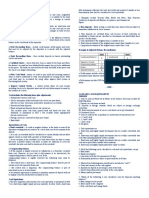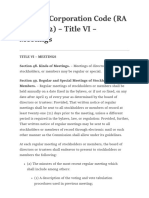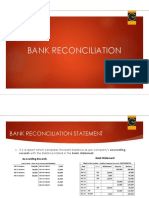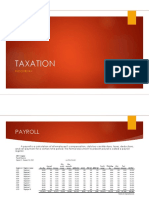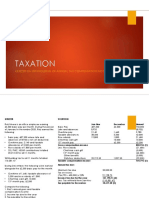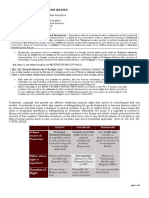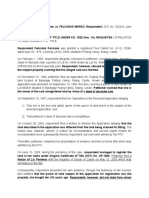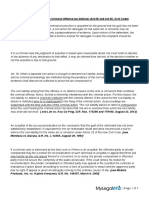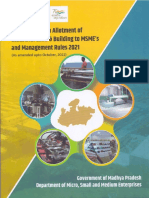0% found this document useful (0 votes)
356 views5 pagesAMLA Notes
The Anti-Money Laundering Act aims to prevent money laundering and protect the integrity of the Philippine financial system. It defines money laundering and outlines covered persons, transactions, and obligations for reporting suspicious activity. Covered persons include banks, casinos, and designated non-financial businesses and professions. They must establish customer identity, maintain records for 5 years, and report covered transactions over PHP500,000 or suspicious transactions to the AMLC within 5-15 days.
Uploaded by
RyDCopyright
© © All Rights Reserved
We take content rights seriously. If you suspect this is your content, claim it here.
0% found this document useful (0 votes)
356 views5 pagesAMLA Notes
The Anti-Money Laundering Act aims to prevent money laundering and protect the integrity of the Philippine financial system. It defines money laundering and outlines covered persons, transactions, and obligations for reporting suspicious activity. Covered persons include banks, casinos, and designated non-financial businesses and professions. They must establish customer identity, maintain records for 5 years, and report covered transactions over PHP500,000 or suspicious transactions to the AMLC within 5-15 days.
Uploaded by
RyDCopyright
© © All Rights Reserved
We take content rights seriously. If you suspect this is your content, claim it here.
/ 5






